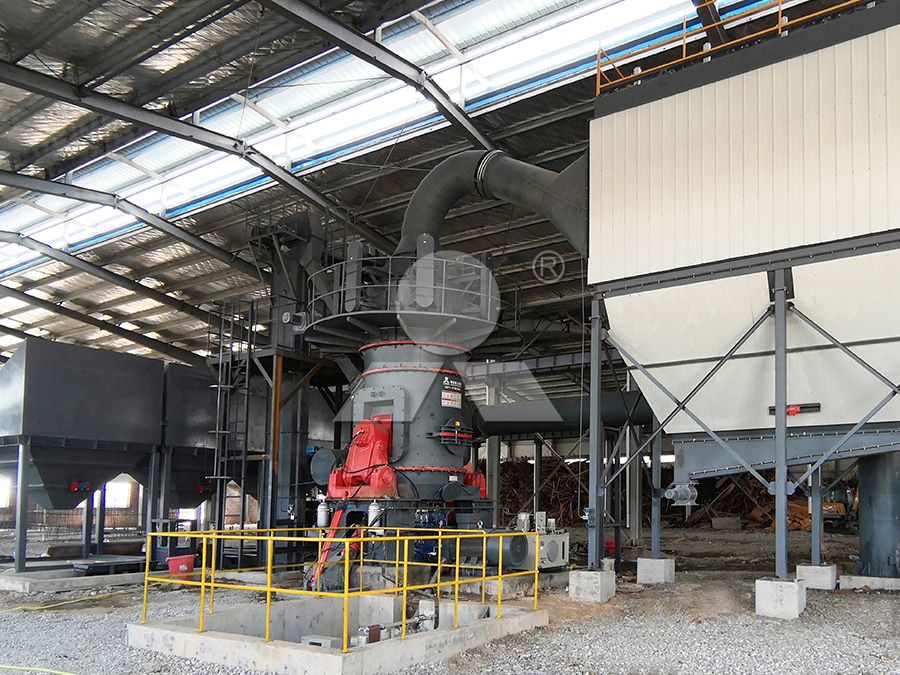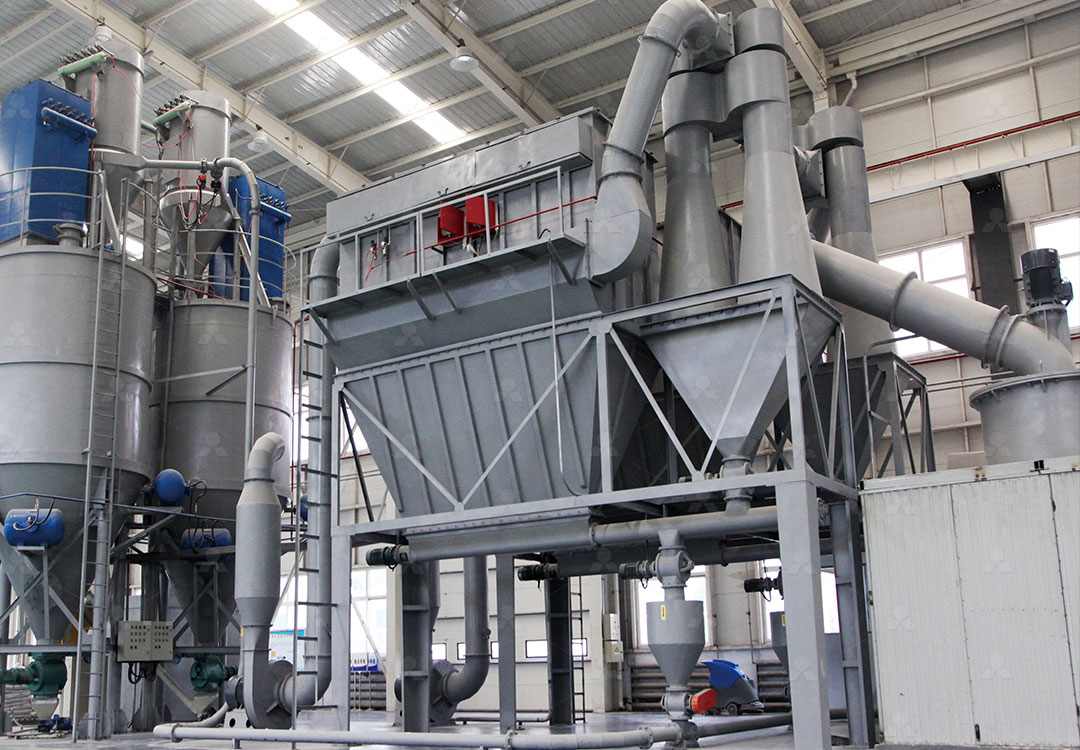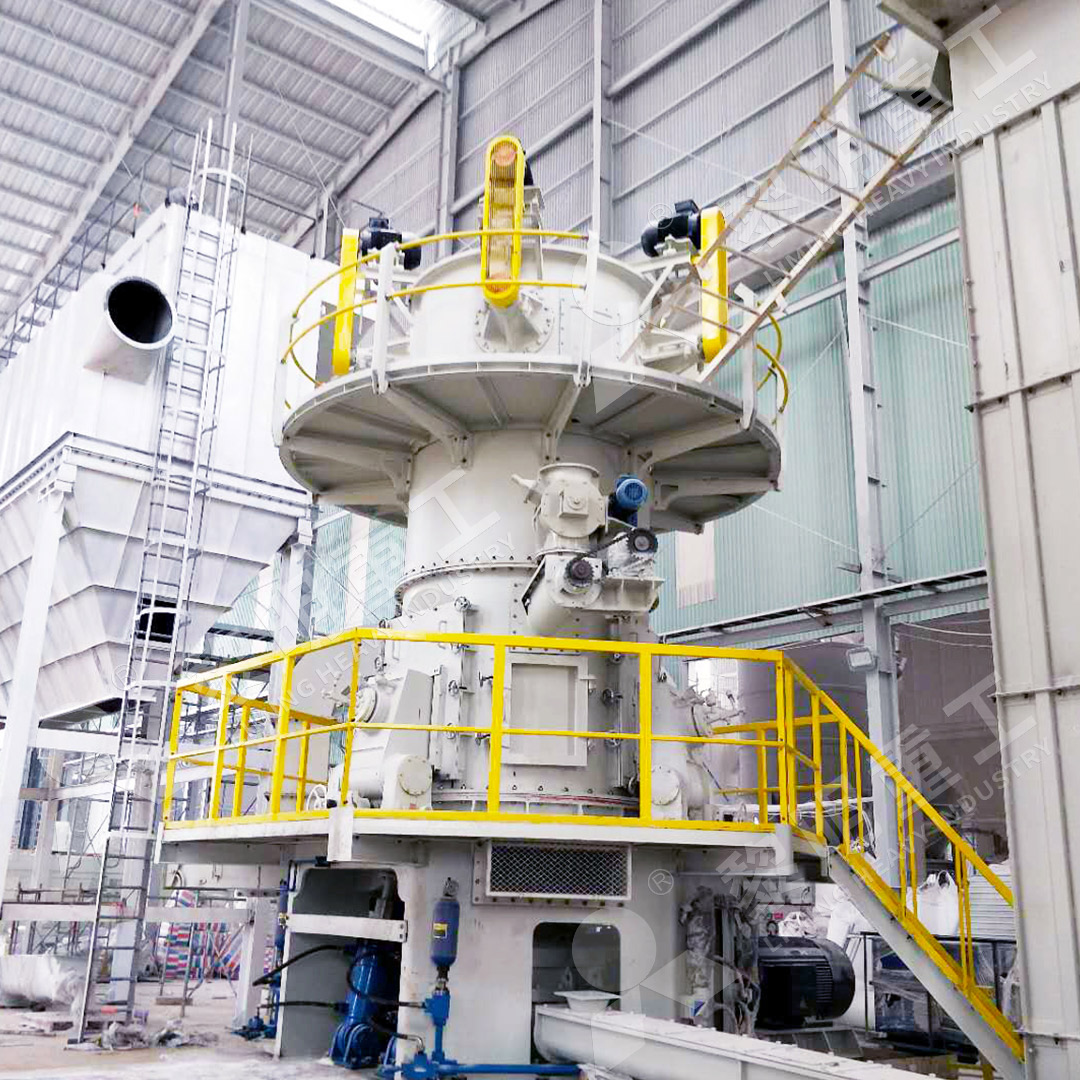Vertical Roller Mill: Key Features and Applications in Modern Industry
Vertical Roller Mill: Key Features and Applications in Modern Industry
In today’s rapidly evolving industrial landscape, the demand for efficient, reliable, and environmentally conscious grinding solutions has never been greater. Vertical Roller Mills (VRMs) have emerged as a cornerstone technology across numerous sectors, offering significant advantages over traditional grinding systems like ball mills. Their unique design and operational principles make them particularly well-suited for modern manufacturing requirements.
Core Operational Advantages
Unlike conventional grinding systems that rely on impact and attrition between tumbling media, VRMs utilize a bed compression grinding mechanism. This approach creates a more efficient energy transfer, resulting in substantially lower power consumption – typically 30-50% less than ball mill systems. The compact, integrated design also reduces the physical footprint by approximately 50%, making VRMs ideal for facilities with space constraints.
The fundamental working principle involves material being fed onto a rotating grinding table where it’s ground under pressure from hydraulically loaded rollers. Simultaneously, hot gas flow introduced through the mill base dries the material and transports the ground powder to a high-efficiency separator. This integrated drying capability eliminates the need for separate drying equipment for moist materials, further streamlining operations.

Applications Across Industries
Vertical Roller Mills demonstrate remarkable versatility, processing a wide spectrum of materials including limestone, calcite, dolomite, petroleum coke, gypsum, barite, marble, talc, and various coal types. This adaptability has made them indispensable in several key industries:
- Cement Production: For raw meal, cement, and slag grinding
- Power Generation: Pulverizing coal for combustion and limestone for flue gas desulfurization
- Mining and Minerals: Processing metallic and non-metallic ores
- Chemical Industry: Manufacturing powders for paints, cosmetics, pharmaceuticals, and food additives
The ability to produce precisely controlled particle size distributions makes VRMs particularly valuable for high-value applications where product consistency is critical.
Specialized Solutions for Ultrafine Grinding
For operations requiring exceptionally fine powders, specialized vertical mills have been developed. Our MW Ultrafine Grinding Mill represents a significant advancement in this category, specifically engineered for customers needing to produce ultra-fine powder between 325-2500 meshes. This machine incorporates several innovative features that set it apart from conventional grinding equipment.
The MW Mill achieves remarkable efficiency through newly designed grinding curves of the grinding roller and ring, enhancing grinding effectiveness while reducing energy consumption. Independent testing confirms that with identical fineness and power input, production capacity is 40% higher than jet mills and stirred grinding mills, and double that of traditional ball mills. Meanwhile, system energy consumption is just 30% of comparable jet milling systems.

What truly distinguishes the MW Ultrafine Grinding Mill is its elimination of rolling bearings and screws within the grinding chamber. This design innovation eliminates concerns about bearing damage or seal failure, while preventing machine damage from loose fasteners. The external lubrication system enables maintenance without shutdown, supporting continuous 24-hour production cycles.
Environmental considerations are addressed through an integrated efficient pulse dust collector and muffler system, ensuring no dust pollution during operation while reducing noise emissions to comply with stringent international environmental standards.
Advanced Vertical Mill for Diverse Applications
Another notable solution in our portfolio is the LUM Ultrafine Vertical Grinding Mill, which incorporates the latest grinding roller technology from Taiwan and German powder separating technology. This mill integrates ultrafine powder grinding, grading, and transporting in a single unit, representing an optimal choice for the ultrafine powder grinding industry.
The LUM Mill features unique roller shell and lining plate grinding curves that facilitate material layer formation, enabling high finished product rates through single-pass powder milling. This design significantly enhances grinding efficiency while improving the whiteness and cleanliness of final products. The reversible structure, combined with a hydraulic adjustment system, allows operators to easily move grinding rollers out of the body for inspection and maintenance, minimizing downtime.
Environmental and Economic Benefits
Modern Vertical Roller Mills address two critical contemporary concerns: environmental impact and operational economics. The fully enclosed negative-pressure systems prevent dust emissions, while advanced noise reduction technologies maintain workplace comfort. From an economic perspective, the combination of lower energy consumption, reduced maintenance requirements, and higher throughput delivers compelling return on investment.

Digitalization plays an increasingly important role, with many mills featuring sophisticated PLC control systems that enable precise regulation of grinding pressure, rotation speed, and other critical parameters. This level of control ensures consistent product quality while optimizing energy usage.
Frequently Asked Questions
What is the typical energy savings compared to traditional ball mills?
Vertical Roller Mills typically reduce energy consumption by 30-50% compared to ball mill systems, thanks to more efficient grinding mechanisms and integrated operations.
Can VRMs handle moist materials effectively?
Yes, the integrated drying capability allows VRMs to process materials with significant moisture content by introducing hot gases directly into the grinding chamber.
What particle size range can the MW Ultrafine Grinding Mill achieve?
The MW Ultrafine Grinding Mill can produce powders ranging from 325 to 2500 meshes, with the capability to achieve d97≤5μm in a single pass.
How does the maintenance requirement compare to other grinding systems?
VRMs generally require less maintenance than ball mills, with designs like the MW Mill eliminating internal bearings and screws that commonly fail in other systems. External lubrication further reduces maintenance complexity.
What industries benefit most from ultrafine grinding capabilities?
Industries requiring high-purity, precisely controlled powders benefit significantly, including chemicals, pharmaceuticals, cosmetics, advanced materials, and high-performance ceramics.
